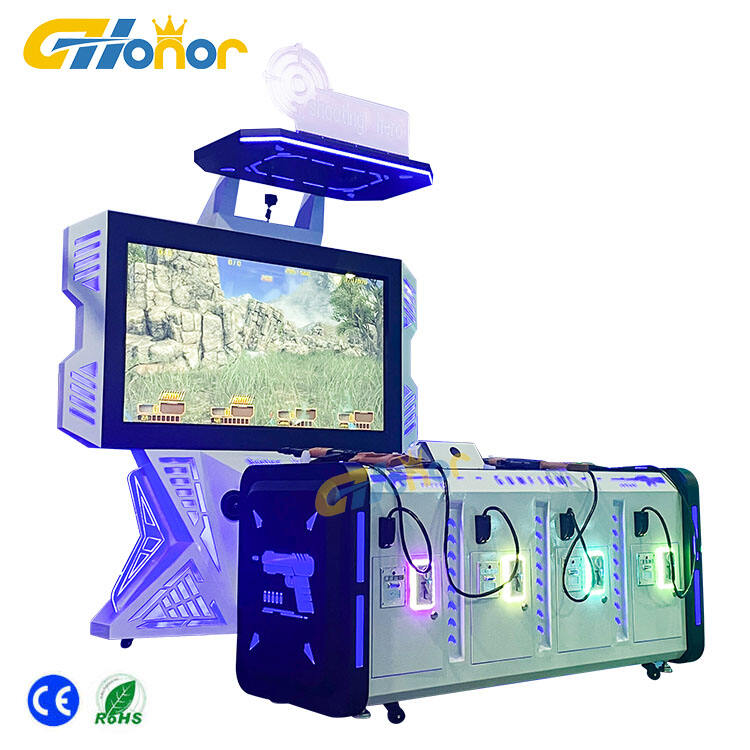Arcade machine games refer to the diverse range of interactive games designed specifically for play on arcade machines, characterized by their focus on immediate engagement, short play sessions, and often social or competitive gameplay. These games are engineered to attract players in public venues like arcades, malls, and entertainment centers, leveraging unique hardware, immersive experiences, and accessible mechanics to stand out from home gaming alternatives. Arcade machine games span numerous genres, each tailored to different player preferences and hardware capabilities. Classic genres include fighting games (e.g., Street Fighter, Mortal Kombat), which pit players against each other with complex combos and character-specific moves, fostering competitive rivalries. Racing games, such as Out Run or Daytona USA, use steering wheels, pedals, and sometimes motion platforms to simulate driving, offering realistic physics and high-speed thrills. Shooter games, like House of the Dead, feature light guns or motion controllers for targeting enemies, creating immersive, action-packed experiences. Redemption games form another major category, where players earn tickets based on performance, which can be exchanged for prizes. These include skill-based games like skee-ball, luck-based games like claw machines, and interactive options like basketball hoops or water gun games, appealing to families and casual players. More modern arcade machine games incorporate cutting-edge technologies, such as virtual reality (VR) headsets in games like Beat Saber, which immerse players in 3D environments, or dance simulators like Dance Dance Revolution, which use pressure-sensitive pads to track players’ movements to music. Multiplayer-focused games, such as team-based shooters or party games, encourage social interaction, with gameplay designed to be easy to learn but hard to master, ensuring both casual and dedicated players can enjoy them. Arcade machine games are designed for short, intense play sessions—typically 1–5 minutes—maximizing the number of players per hour and increasing revenue for operators. They feature vibrant visuals, catchy audio, and immediate feedback (e.g., score displays, sound effects) to keep players engaged, with difficulty curves that challenge experienced players while remaining accessible to newcomers. Many games include leaderboards, either local or global, to fuel competition and encourage repeat play as players strive to top the rankings. Whether they evoke nostalgia for classic titles or showcase the latest in gaming technology, arcade machine games remain a dynamic and integral part of the entertainment industry, offering unique experiences that cannot be replicated at home.
